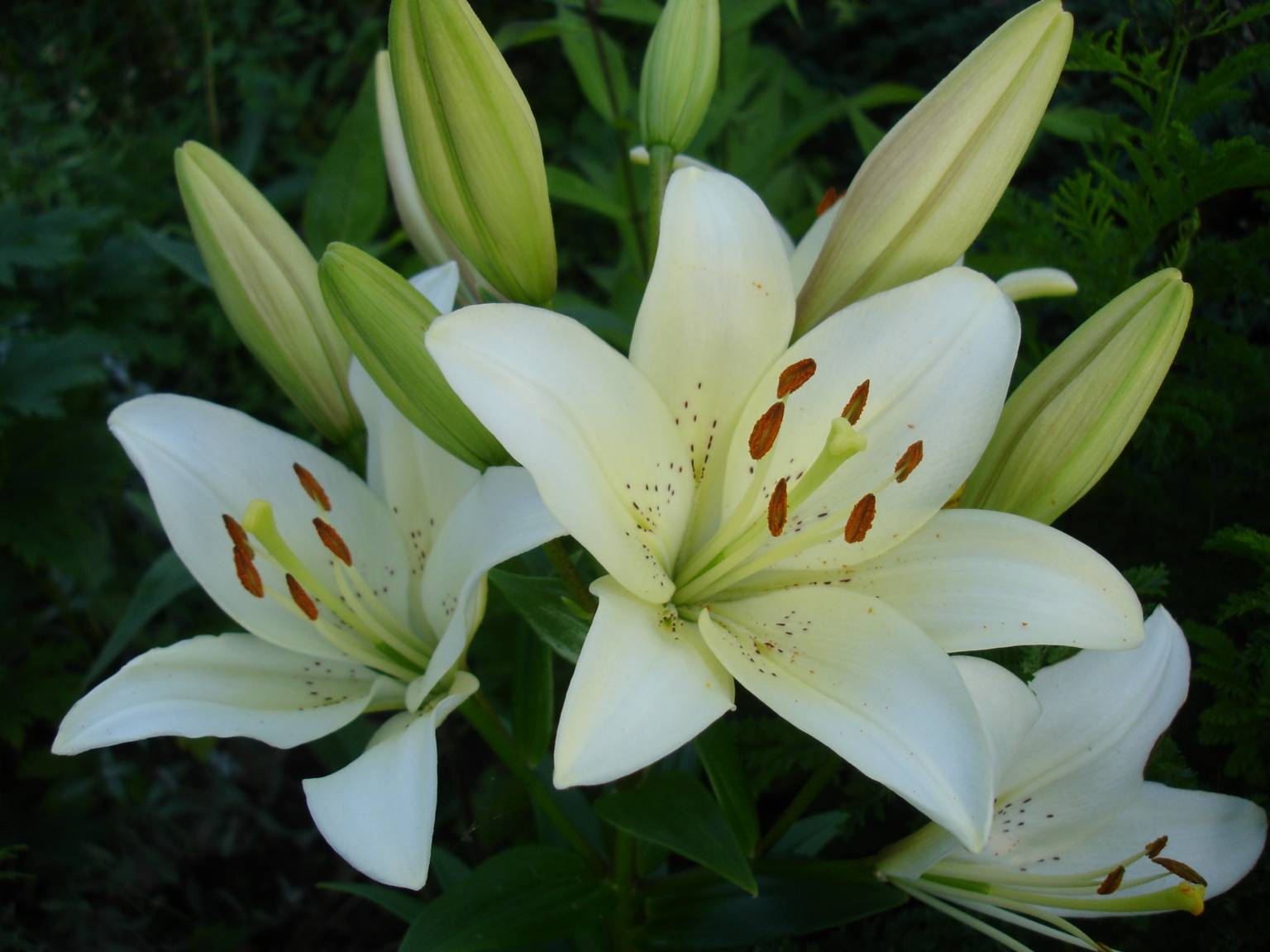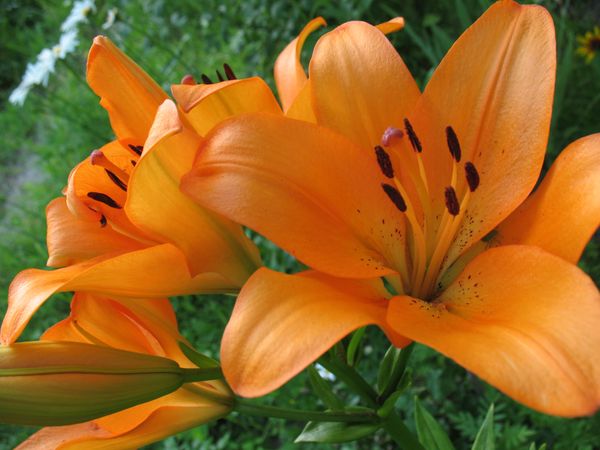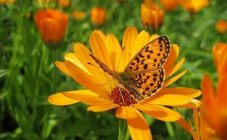Content:
Lily is the world famous “queen of flower beds and flower beds”. Its fragrant inflorescences with large beautiful buds of bright and delicate shades will not leave indifferent any grower. It is planted in Russia everywhere, even in Siberia. It is important to choose a suitable variety for planting and follow all agricultural rules.
The best varieties for growing outdoors in Siberia
Gardeners use varieties of Asian frost-resistant hybrids. They were bred by breeders by crossing three types of lilies. The culture takes root well in the Siberian climate. What are the most winter hardy lilies:
- Alaska. They grow up to 80 cm. The buds have a diameter of about 16 cm. Their shape is wide-bowl, directed upwards. The peduncle has up to 8 buds. They bloom in July.
- Snezhana is a Russian variety. On the bushes, star-shaped flowers appear, 13 cm in diameter. Their petals are cream-colored with dots of purple tones. They grow a little more than a meter.
- Navona is one of the beautiful flowers with large buds, about 19 cm. The flowers are in the form of wide cups, stretching upward. The peduncle has about 9 buds. Lily grows up to 1 meter. It grows in July.
- Spark - red Russian lilies, grow up to 130 cm bloom in late July. Flower shape - turban, about 8 cm, flowers stretch to the bottom.
- Night - brought out by Russian breeders. Description: the peduncle forms 12 buds. Diameter - 12 cm. The shape is semi-diamond-shaped. Flowers with petals of dark cherry color, directed to the side. Bushes grow up to 120 cm.
- Marle blooms in mid-summer. The inflorescence has 13 flowers in the form of a wide cup. The petals are pink. Flowers stretch upward.
- Lorena is a Russian variety, excellent winter hardiness for the Siberian climate. It grows up to a meter, has flowers of an average size of 14 cm, directed upwards. Lilac petals. The inflorescence produces 12 star-shaped flowers.
- Fermatta is a hardy flower. One inflorescence produces about 30 buds, stretching upward. Peach-colored petals with purple spots.
- Folk - frost-resistant variety. It grows up to 110 cm. The peduncle produces over 7 brown flowers.
Lilies - planting and care in the open field in Siberia
The bulbs can be planted in the soil in the spring, from early April to mid-May. In the first year, flowers take root and grow leaves, flowers are given the next season.
Florists prefer autumn planting: in September or October. Dig grooves 15-18 cm deep (depending on the bulb size). The planting material is laid out at a distance of 5-15 cm from each other, watered and sprinkled with soil. A thick layer of dry peat or humus is applied on top. This is necessary so that with the advent of cold weather the bulbs do not freeze. If the flowers are planted on time, before the onset of cold weather, they have time to put down roots, then no frost is terrible for them.
Lily loves diffused sunlight, it also grows well in partial shade. To do this, it must be planted between tall perennial bushes.They should not be planted under trees, as they will have a shadow on them in sunny weather.
It is not recommended to plant in a too shaded place where the wind "walks", in a lowland and with a close location of groundwater. The most suitable place is on the hills. Culture loves nutritious, airy land. Acidic soils are contraindicated, the best acidity of the earth is neutral. A little ash and humus is introduced into it for digging. It is better not to use freshly harvested manure, only rotted manure.
When to replant lilies: in autumn or spring in Siberia? It is preferable to do this in September-October.
Caring for lilies after planting in the ground in Siberia
Basic tips:
- Plants should not be watered too often. Watered in dry spring and dry summer. In other seasons there will be enough moisture - melting snow will provide it. Watering is carried out strictly under the roots.
- Weeds are constantly pulled out on the site, the topsoil is loosened.
- High bushes are fixed with a device: a wooden stick 1 meter high.
- If the bushes are planted in spring, the flowers are removed for the first summer. Next year, the lilies will bloom magnificently and beautifully.
- In autumn, after flowering, when the stem becomes dry, pruning is carried out. It is completely cut off, a stump of 15 cm is left. Before the autumn shelter, it is removed.
- After 5 years, the Siberian lily is dug up to rejuvenate the planting material. It is divided into parts and dived into other areas.
Do I need to dig up lilies for the winter in Siberia? The flowers tolerate the winter season well under the snow. They can be additionally covered just in case. After the soil is 3 cm frozen, the bushes are sprinkled with dry branches and leaves. The larger the layer, the safer for the lily.
Bushes survive the winter in dry soil without loss. To protect them from an excess of moisture, cover with oilcloth or make a roof from slate. Hiding from precipitation, the plants are not in danger.
Growing tips from experienced florists
It often happens that the bulbs that were planted in the spring deteriorate and become unusable by the fall. This is due to an overload of fragile roots: the stems, leaves and buds are fed by the bulb, therefore, in the first year after planting, it is recommended to remove the above-ground plant organs.
From the article it became clear which lilies are the most unpretentious and suitable for growing in Siberia. If you follow the planting rules, properly care for the plant, you can decorate a flower bed or flower garden with beautiful flowers even in regions with a harsh climate.
















